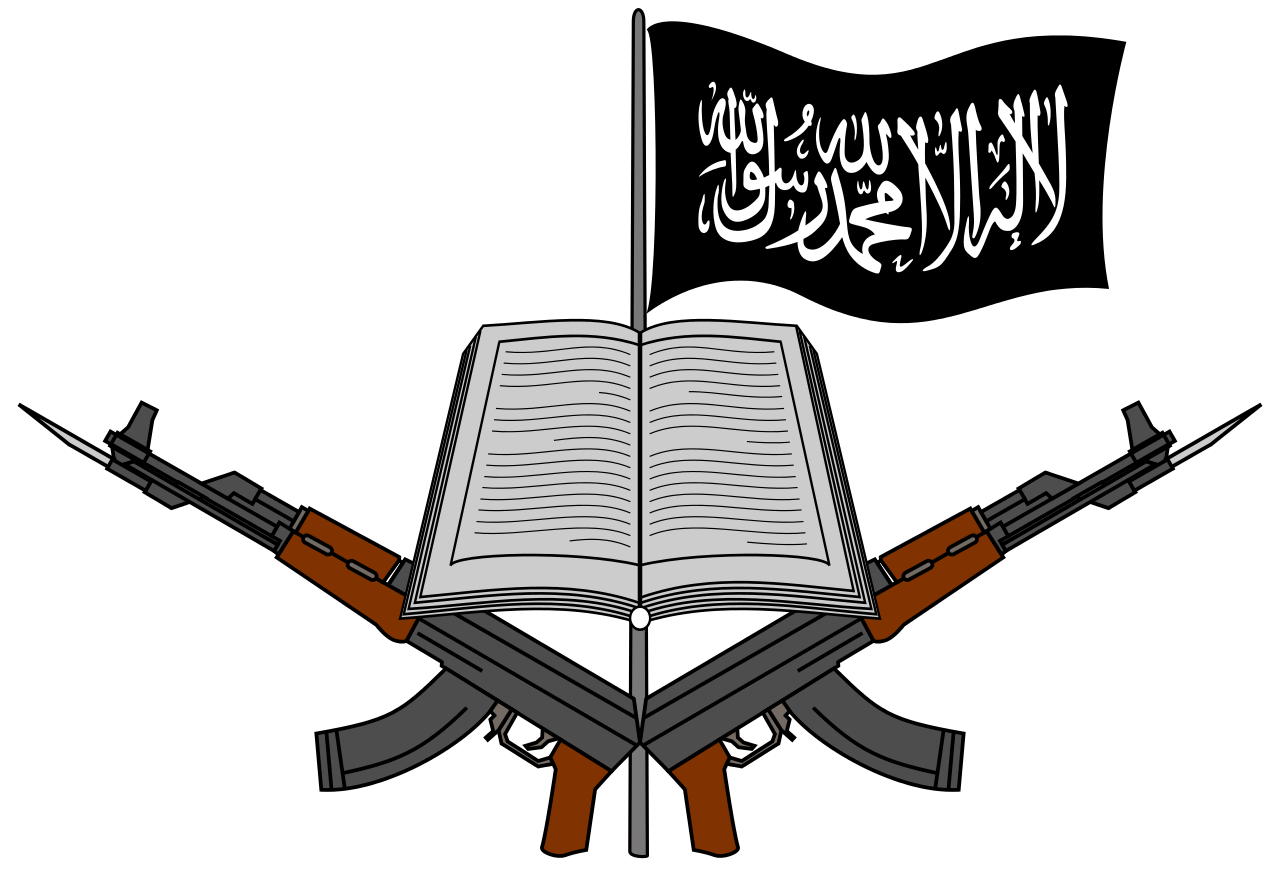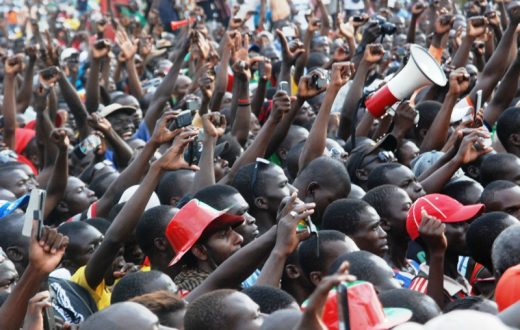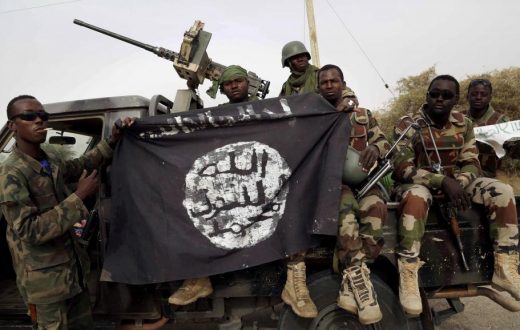Analysis
Boko Haram, the Islamist militant group based in northeastern Nigeria, has aroused little attention in the West despite launching assaults on churches, police stations and government buildings that have killed an estimated 10,000 people since 2002. The group, however, has recently been in the news after it abducted more than 270 schoolgirls and publicly threatened to sell them into slavery. The political response since this story started making headlines the week of April 27 has been swift. The group’s latest acts have been condemned by both U.S. Secretary of State John Kerry and EU foreign policy chief Catherine Ashton, and the United States promised military and intelligence aid to Nigerian President Goodluck Jonathan on May 7.
YD has been chronicling Boko Haram and its changing tactics since 2009. Below are key YD analyses on the militant group.
The Rising Threat from Nigeria’s Boko Haram Militant Group
Nov. 10, 2011: Boko Haram, which means “Western education is sinful” in Hausa, was established in 2002 in Maiduguri, the capital of Nigeria’s Borno state. It has since spread to several other northern and central Nigerian states. Some in the country have referred to Boko Haram as the Nigerian Taliban in reference to the group’s call for Sharia throughout Nigeria. In June 2011, a spokesman claiming to represent Boko Haram amended this demand, instead calling for what the group defines as a stricter form of Sharia in the northern Nigerian states where Sharia already is the law.
U.S. Offers Counterinsurgency Training to Nigeria
June 6, 2012: The United States will likely begin training Nigerian military forces in counterinsurgency operations following discussions held in Washington on June 6. Nigeria is seen as a logical partner to receive U.S. military assistance as it struggles to contain Islamist terrorist group Boko Haram, and having soldiers in Nigeria will help U.S. intelligence monitor for increasing terrorist threats in West and North Africa.
Is Boko Haram More Dangerous Than Ever?
Dec. 13, 2012: While Boko Haram progressed rapidly in terms of operational ability in 2011, it is still struggling to conduct sustained operations outside its core geographic territory, and it has yet to successfully strike a hardened target. Even the August 2011 attack against the United Nations, while demonstrating some geographic reach and a focus on an international target, was directed against a relatively soft target instead of a harder target like a government ministry building or a foreign embassy. It is also notable that the group has not conducted an attack in Lagos, Nigeria’s most populous city, or in Niger, Chad or Cameroon, which are all closer to the Boko Haram home territories than Lagos.
Nigeria: Limitations on a Boko Haram Cease-Fire
July 11, 2013: Rather than being merely focused on spreading Islamist tenets, Boko Haram also serves as a political tool. Powerful Muslim politicians in Nigeria’s north use the group to pressure the administration of President Goodluck Jonathan in an effort to gain a larger share of the political patronage funded by Nigeria’s oil revenues. Southern politicians such as Jonathan use militant groups in the Niger Delta for the same purpose. At the very least, the 2015 presidential elections will provide significant motivation for the northeastern political elite to deploy its tool, just as Niger Delta militants such as Alhaji Mujahid Dokubo-Asari of the Niger Delta People’s Volunteer Force have threatened violence should Jonathan’s re-election bid be thwarted.
In Nigeria, an Attack Shows Boko Haram’s Current Capabilities
Dec. 3, 2013: An attack on a Nigerian air base shows that ongoing military operations in northeastern Nigeria have not prevented Boko Haram from mounting attacks in the urban centers of the northeast, despite government claims to the contrary. However, the attack — notable for both its size and target — does not necessarily note new capabilities or a departure from the previous pattern of attacks. Boko Haram continues to be primarily active in northeastern Nigeria and does not yet pose an existential threat to the Nigerian government itself.
Boko Haram Adjusts Its Methods
April 24, 2014: The April 14 car-bombing near the Nigerian capital of Abuja, for which Boko Haram claimed responsibility, marks the group’s renewed use of vehicle-borne improvised explosive devices to carry out attacks. Boko Haram is modifying its strategy, employing guerrilla and terrorist tactics while abandoning its effort to control a small part of Borno state — a goal the group pursued during the first half of 2013. The most recent attack marks a return to the methods Boko Haram used in 2012, although the softer targets and lack of suicide bombers suggest a lower degree of sophistication. The group’s activity during the first quarter of this year also suggests a more limited geographic concentration to the three northeastern states of Nigeria: Borno, Yobe and Adamawa. However, occasional attacks in Kano state and the Middle Belt region remain likely.








